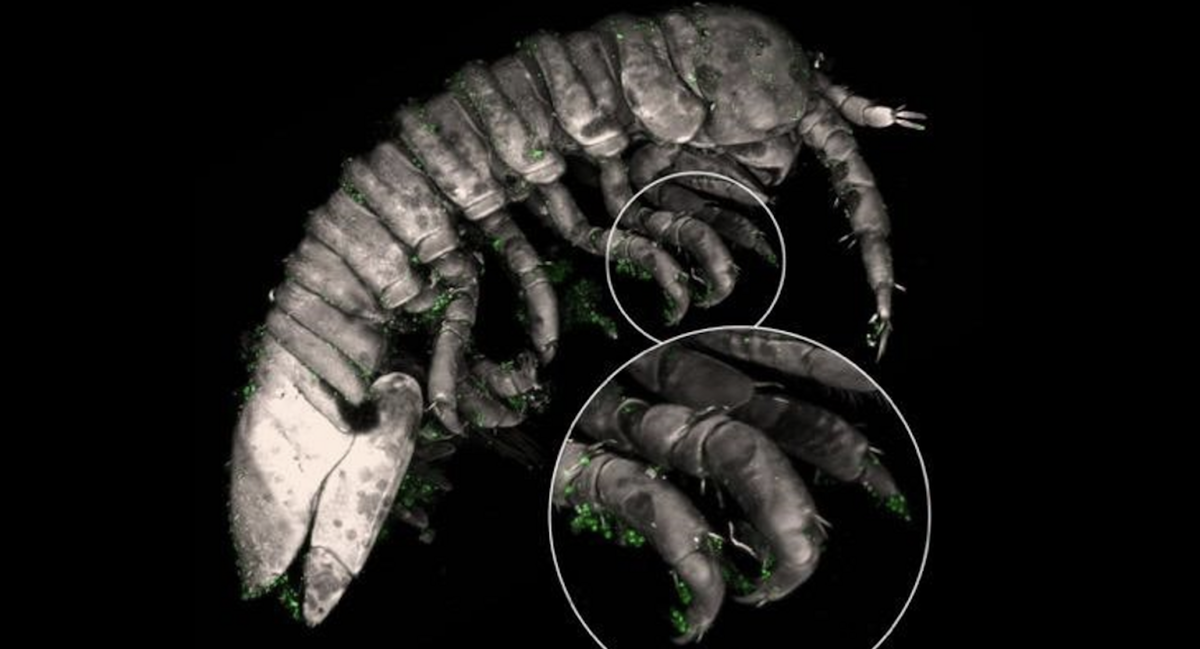Tiny ‘bees of the sea’ crustaceans found ‘pollinating’ seaweed

A red seaweed species was discovered making use of a tiny crustacean to transfer its male gametes for fertilisation in a finding that sheds light on a whole new type of “pollination”.
Until now, scientists believed the red algae –Gracilaria gracilis – relies on water movement for the dispersal of its male gametes or spermatia.
In the new study, published on Thursday in the journal Science, an international team of scientists has found that tiny marine creatures called idoteas act as “sea bees” for the “pollination” of this red algae.
Pollination is the transfer of pollen, containing male gametes of a plant, to the female part or stigma of a flower, which fertilises the ovules containing the eggs of a plant for the production of seeds.
While the process is generally restricted to seed plants occurring on land, animal pollination has been found in the oceans, specifically, in the seagrass Thalassia testudinum.
Since the male gametes in red seaweeds do not possess appendages that help them move, they are similar to pollen grains and require either water currents or animals to transfer male gametes for sexual reproduction.
The surfaces of the male algae are dotted with reproductive structures that produce spermatia coated with a sticky mucilage substance.
As the idoteas swim amid these algae, the spermatia adhere to its outer covering and are deposited onto the female algae when the crustacean comes into contact with them.
The crustacean and the seaweed both benefit from this relationship in what researchers call “double mutualism”.
The seaweed gives the creatures room and board with the idotea clinging to the algae as protection from strong currents, and allows the tiny crustaceans to munch on small organisms growing on them.
“This is an example of a mutualistic interaction – a win-win situation for plant and animal alike – and the first time that an interaction of this kind between a seaweed and an animal has been observed,” researchers explained.
While these initial findings do not indicate the extent to which animal transport of gametes contributes to algal fertilisation relative to the role of water movement, scientists said they shed “surprising insight” into the origin of animal-mediated ”pollination” underwater.
Red seaweeds appeared on Earth around 1.2 billion years ago – long before land plants appeared – while isopods, the group to which the crustaceans belong, appeared only about 300 million years ago.
Although the two organisms have had a “long time” to evolve their “pollination” relationship, researchers are unclear how red seaweeds were fertilised prior to these isopods.
The dependence on an animal species for fertilisation could be “highly risky” for the seaweed in the era of the human-driven climate crisis, scientists said.
Increasing ocean acidification due to rising carbon dioxide levels has been found to decalcify the exoskeletons of crustaceans in particular.
Red seaweeds like Gracilaria are also ecologically important to their ecosystems and are touted as a globally sustainable food source, researchers said.

